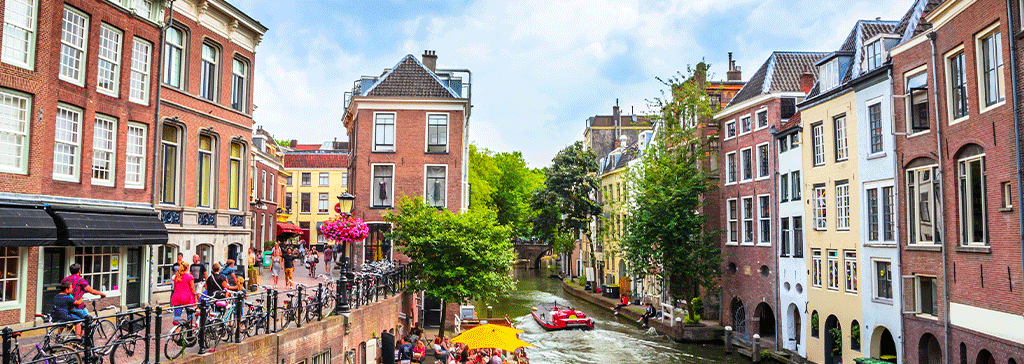
Top 10 Cities For Architecture In Europe (By Train)
Europe is one of the best places in the world for architecture buffs. With classical styles from the Greek and Roman period to the flamboyant Baroque and Art Nouveau, architecture in Europe provides something for every taste. What better way to travel between these cities than by rail? You will also get to see some of the great train stations of Europe, many which are structural treasures themselves.
A Global Pass is valid for use to get to each of these cities listed. Some places are popular in their own right, and others owe their fame mostly to their architecture.
1. Barcelona, Spain
When I think of Barcelona and architecture, two things come to mind: Modernism and Antoni Gaudi. Like most of the other cities listed here, Barcelona’s charm goes well beyond interesting architecture. In fact, it is probably on many “top 10 favourite cities of Europe” lists. It is dynamic, creative, fiercely independent, and has a delicious food scene. Do not miss the distinctive dream-like buildings of Gaudi, especially his most famous, the unfinished Sagrada Familia cathedral. On your way to Barcelona, stop off at Girona for a few hours to check out its old town.
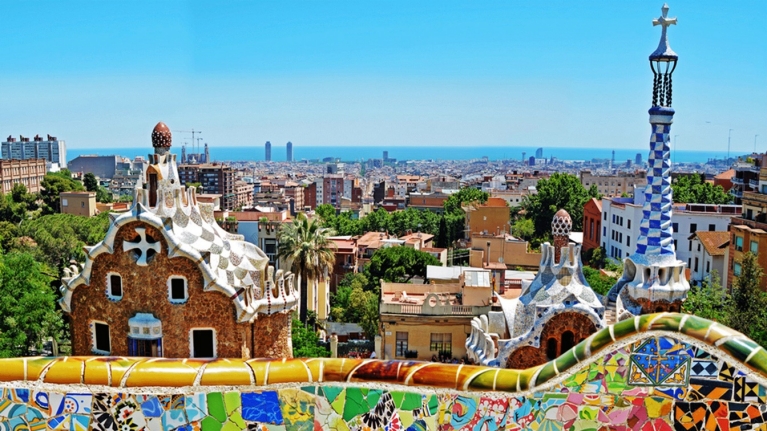
2. Vicenza, Italy
Rome has architectural styles that span millennia, but it is likely you already have it on your Europe itinerary. If you are into architecture, or small Italian cities, add Vicenza to your plans. It is often called the “city of Palladio” due to the significant achievement of one man. Andrea Palladio was one of the greatest Renaissance architects. He is probably most influential in Western architecture. His gorgeous civic buildings and villas have kept Vicenza firmly on the architecture map of Europe for centuries. Located in the Veneto Region, Vicenza is an easy stop-off on the train to or from Venice. Stick to Italy’s regional train system to avoid compulsory reservations and fees.
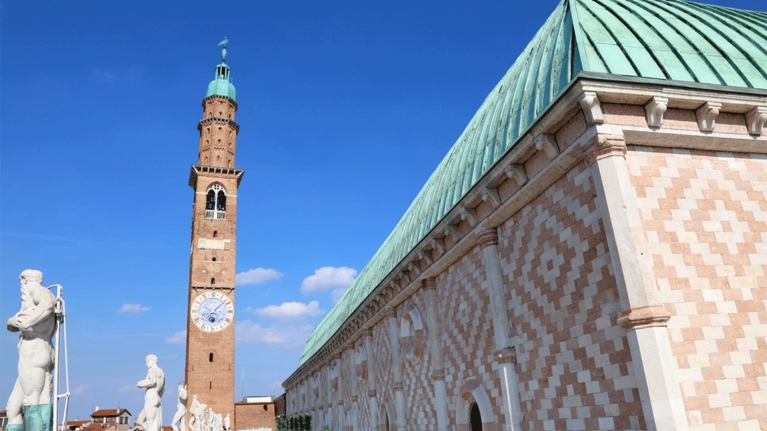
3. Prague, Czech Republic
Although I love the architecture and vibe of smaller cities in the Czech Republic, like Cesky Krumlov and Olomouc, there is no denying the impressive beauty of the country’s showcase capital, Prague. I am not the only person. Million of tourists visit Prague each year and few leave unimpressed. Prague escaped World War II with comparatively less damage than nearby cities. It is home to a wide variety of well-preserved buildings. A walk through the old town reveals eight centuries of history. Review your architectural styles before arriving and you will get a whole lot more out of your Prague experience.
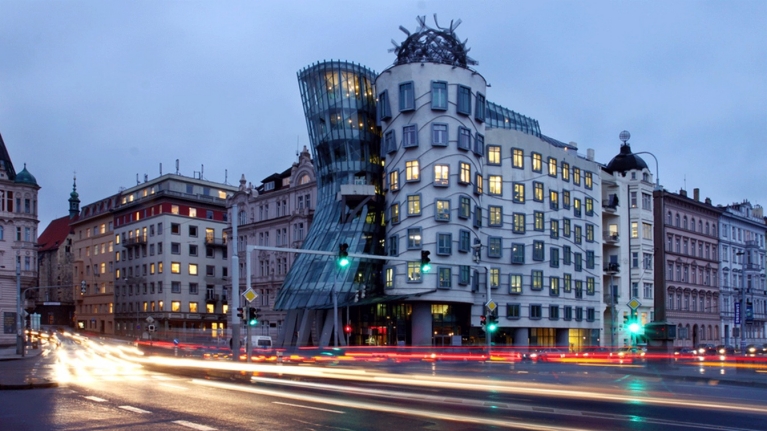
4. Strasbourg, France
Strasbourg lies in the Alsace region of eastern France, near Germany. The city’s history runs deep and can be better understood by exploring its buildings. At the oldest end of the city’s timeline is the crypt of St. Stephen’s church, which contains the remains of a 5th-century Roman basilica. But Strasbourg’s historic centre, Grand Ile, is where most of the architectural treasures lie. Grand Ile was the first city center to be classified as a World Heritage Site. It is hard to miss Strasbourg’s magnificent cathedral, one of the finest examples in Europe of the high Gothic style. Take your eyes off the cathedral for just a minute to walk among the medieval timber-framed houses that line the maze of streets in the Petite France area of Grand Ile. Strasbourg is well-connected by rail and a major stop for trains between Germany and Paris.
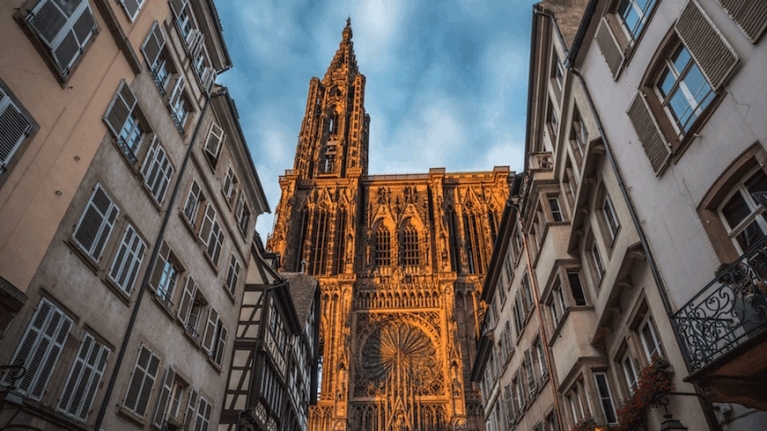
5. Toledo, Spain
An easy day trip from Madrid, Toledo is a magnificently preserved medieval city. Many structures date from the 13th and 14th centuries. This is Spain’s former artistic, spiritual, and political heart. Perched triumphantly at the top of a hill with panoramic views, a bend in the Tagus River surrounds Toledo on three sides. The architect El Greco did most of his notable works here. His masterpieces fill up the sacristy of the enormous cathedral. The imposing Alcázar fortress is another outstanding remnant of Spain’s might. Stay overnight to fully absorb its unique atmosphere.
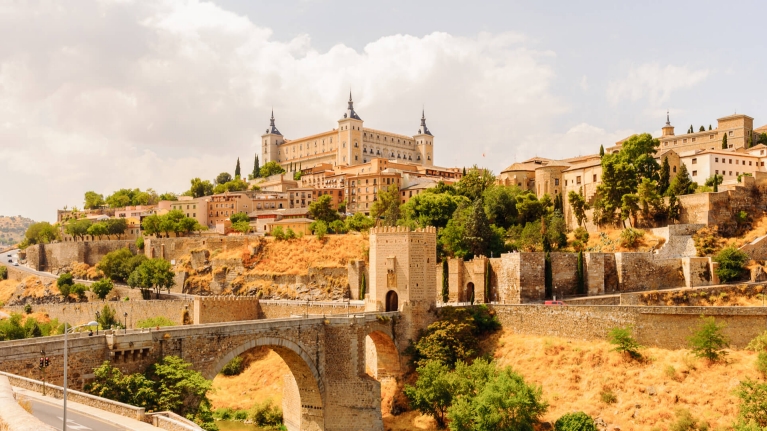
6. Bruges, Belgium
Bruges was once the chief commercial city of the world. The city’s great wealth is now shown off to visitors. It is an elegant place of canals and beautiful buildings constructed mostly during the city’s golden age, from the 12th to 15th centuries. Its historic city center is a UNESCO site, due to its well-preserved medieval state. In fact, most of its medieval architecture is intact, including the 122 meter tall Church of Our Lady, one of the tallest brick structures in the world. In the 19th century, Bruges was one of the original tourist destinations when curious British and French traveled here. It is still somewhat off the radar for most North Americans. Your rail journey to Bruges may require a change of trains in Antwerp, which is an excellent opportunity to see one of Europe’s most ornate stations.
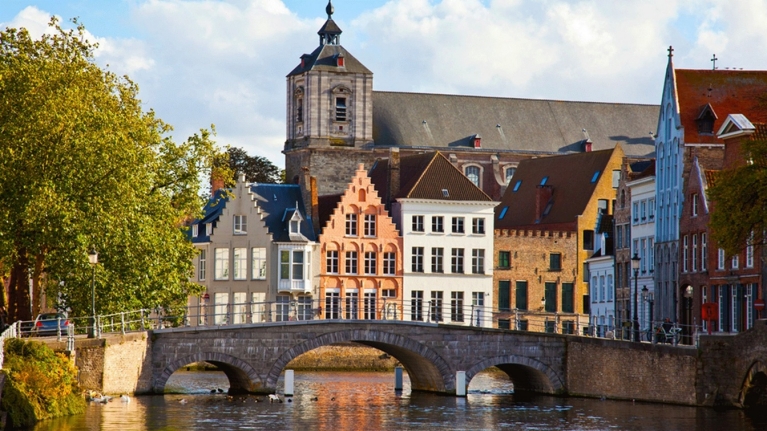
7. Sighisoara, Romania
Sighisoara is one of its best spots in Romania to see well-preserved architecture. A small city in the country’s Transylvania region, Sighisoara gets its share of summer tourists. But visit in the off-season and you will feel as though you have entered a time warp to the Medieval era. The old, well-preserved 16th century city sits up on a hill overlooking the lower town and surrounding hills of the Carpathians. The houses are colorful and well-maintained, like the one where Dracula spent his childhood. The vibe here is authentic, as many of the houses are still inhabited by locals. Sighisoara has a fortified wall with nine towers, cobbled streets, burgher houses, and lavish churches.
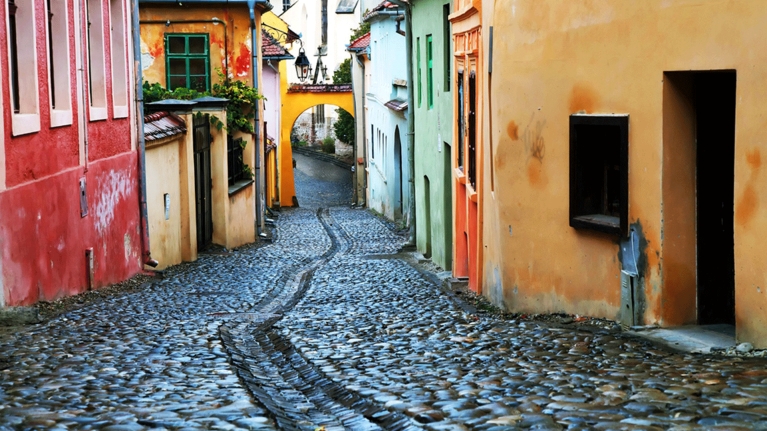
8. Bordeaux, France
Bordeaux does not come up on many non wine-related lists. While you should definitely visit chateaus and wineries to taste some of the world’s best vintages, don’t leave without exploring the city’s architectural treasures. As home to one of Europe’s largest 18th century urban zones, Bordeaux is often sought out for movie productions. With 362 historic monuments (second only to Paris), the city was placed on the World Heritage list as an “outstanding urban and architectural ensemble”. Reach Bordeaux from Paris in a cool 3:15 on France’s high-speed TGV. Book early. Reservation is compulsory along with a fee.
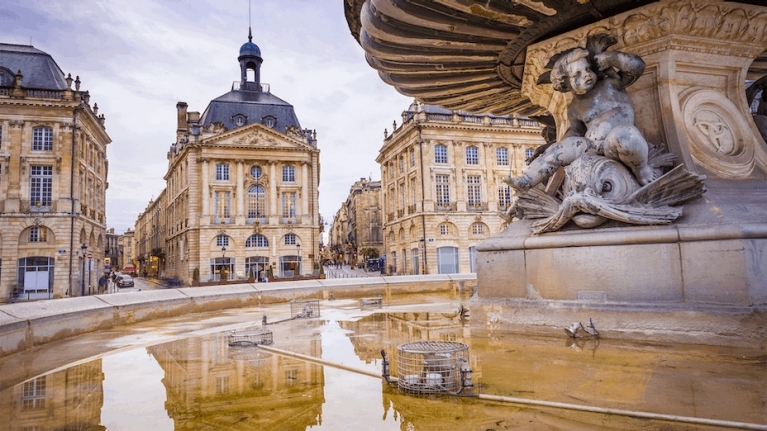
9. Amsterdam, Netherlands
Amsterdam Central Station is close to the city’s architectural highlights. Some of the main things to do include walking around the gorgeous streets, crossing canals, and admiring the old buildings. Hit the cafes by day, the bars by night, and fit in some world-class museums in between. During the 17th century, Amsterdam was one of the world’s most important ports. This Dutch Golden Age is also the time when its famous canals were built. You cannot miss the Dutch Renaissance buildings of the 16th century with their very recognizable stepped gable facades.
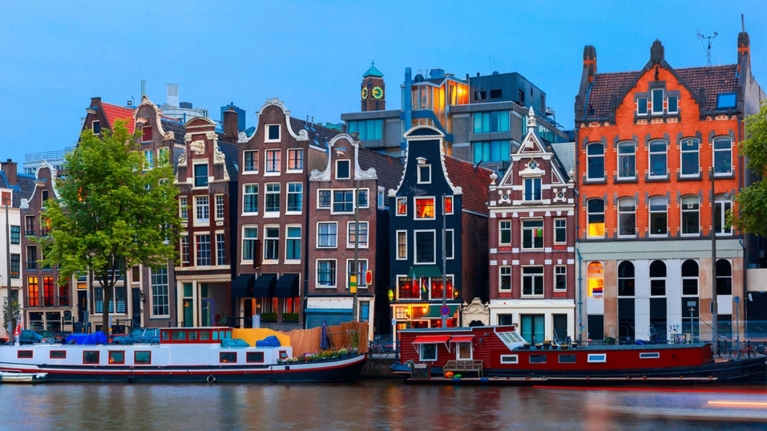
10. Vienna, Austria
Austria’s great cities are well-known for beautiful architecture. Vienna offers us some nice examples ranging from classicist to modern. But the city’s stunning Art Nouveau steals the show. Gaze at Otto Wagner’s masterpieces as well as some of Adolf Loos’ offerings to the Wiener Moderne movement. As an alternative to Vienna, check out smaller Salzburg, which is quite popular and well connected by rail, too. Use Austria’s speedy and modern RailJet trains to get to and from Vienna, which do not require a reservation or surcharge.
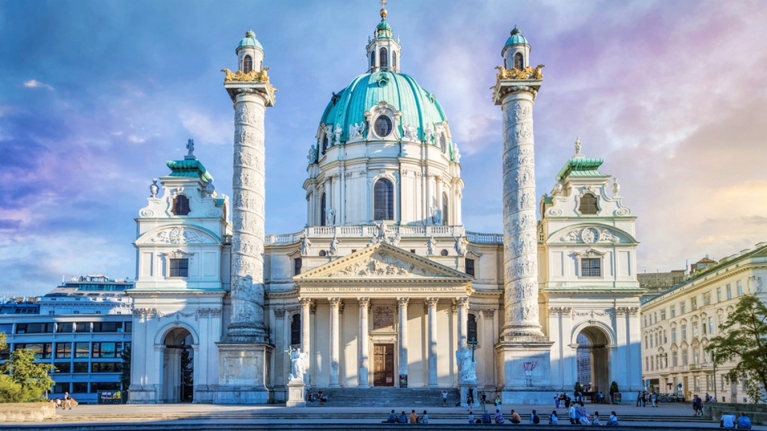
You might like this as well:
-
![Alcazar-Cordoba-Spain]() 10 Beautiful Gardens In Europe To Visit Want to see Europe in bloom? Travel by train to Europe’s best nature reserves, parks & botanical gardens. Top tip: spring is the best time to visit our favourite spots.
10 Beautiful Gardens In Europe To Visit Want to see Europe in bloom? Travel by train to Europe’s best nature reserves, parks & botanical gardens. Top tip: spring is the best time to visit our favourite spots. -
![netherlands-utrecht-medieval-town]() 8 Medieval Towns To Visit When You’re In Europe Europe boasts world-class railway lines, and here are 8 incredible medieval towns to explore on your next Interrail trip and how to get there by train.
8 Medieval Towns To Visit When You’re In Europe Europe boasts world-class railway lines, and here are 8 incredible medieval towns to explore on your next Interrail trip and how to get there by train.
Change of currency
You cannot change the currency once you have a Pass in your cart. Remove the Pass, and then change the currency on the website header.








